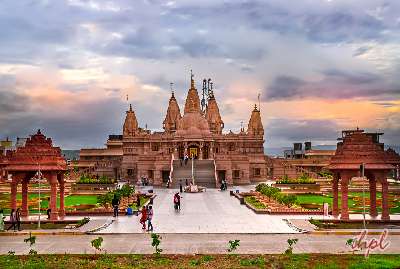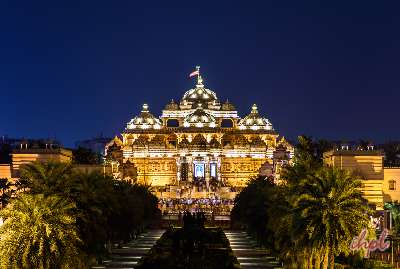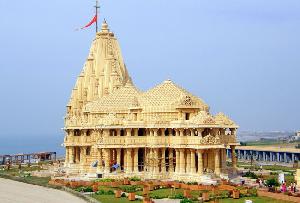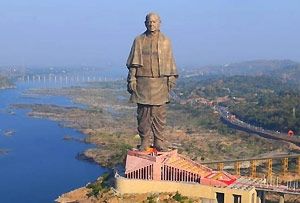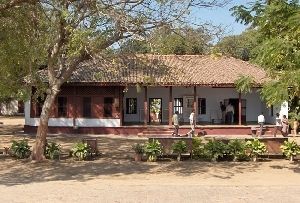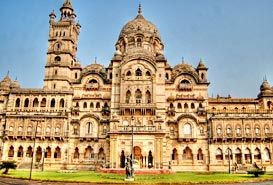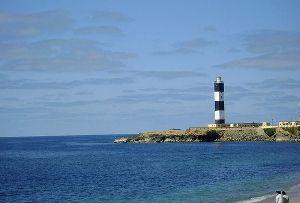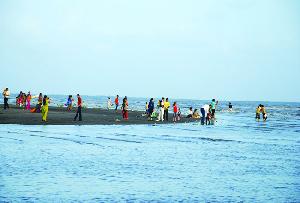The beautiful, picturesque and historical Rajkot is a city in Gujarat and the administrative headquarters of the Rajkot District. It is situated in the middle of the peninsula of Kathiawar, about 70 km from the Gulf of Kutch. The Aji River bisects the town. Hence, the history of Rajkot has significant value and historical importance.
According to the history of Rajkot, it was once the capital of a princely state. Sharing many memories with the political as well as the cultural history of India, Rajkot has been rightly called a priceless laboratory for the freedom struggle based on non-violence by Mahatma Gandhi.
Rajkot’s history states that it was founded in 1610 by the great Thakur Shaheb Vibhaji Ajoji Jadeja of the Jadeja clan. He reigned about 282 square kilometers with 64 villages. Vibhaji was the grandson of Jam Sataji of Nawanagar, the earlier name for present-day Jamnagar. At the time of British rule, it was a regional headquarters (residency).
In 1720, Thakur Shaheb Vibhaji got defeated by Masum Khan, a deputy subedar (mid-level junior commissioned officer) of the Sorath regiment. As a result, Rajkot was renamed Masumabad.
In the year 1732, Thakur Saheb’s son, Meramanji, took revenge on his father and defeated Masumabad. And afterward, the city was again named Rajkot.
After the years passed, Britishers established an agency in 1822 and called it the ‘Kathiawad agency’. Today, the Kothi area, which contains the railway and customs offices, used to be the residence of British agency officials.
Browse through our Gujarat Tour Packages from Bangalore, Dwarka Tour Packages from Mumbai
During several changes in leadership, the region (which at present is the Sardar area) was linked with Wankaner city through a railway network in 1889. In 1893, the rail network expanded from Rajkot to Jetalsar. In those days, meter gauge trains were used and were the main mode of transportation within the areas.
In 1895, due to water scarcity, a new lake called Lalpari was created on the shore of the Aji River. Years passed, and the political leadership of Kathiawad reached Rajkot. During that period, Lakhaji Raj was the first person to establish the first settlement of political leadership in the province.
In 1925, the Father of the Nation, Mahatma Gandhi, first came to Rajkot. He spent his early years in Rajkot. At that time, his father was a Diwan to one of the Saurashtra Nawab. The house where Mahatma Gandhi stayed is now turned into a museum in the name of Kaba Gandhi No Delo. Mahatma Gandhi did his education in Rajkot at the famous school named Alfred High School (founded in 1875).
In 1937, the repulsiveness of Diwan Viravada agitated Vadhera, and therefore, the first-ever Satyagrah (a policy of passive political resistance) started. After Sardar Vallabh Bhai Patel settled this and the resolution was at last let down, Mahatma Gandhi’s hunger strike started. In 1942, the ‘Quit India’ movement began, which was also a major part of Rajkot’s history and became a significant hub for development.
Check out Gujarat Tour Packages, Dwarka Tour Packages, Bhavnagar Tour Packages, Rajkot Tour Packages



